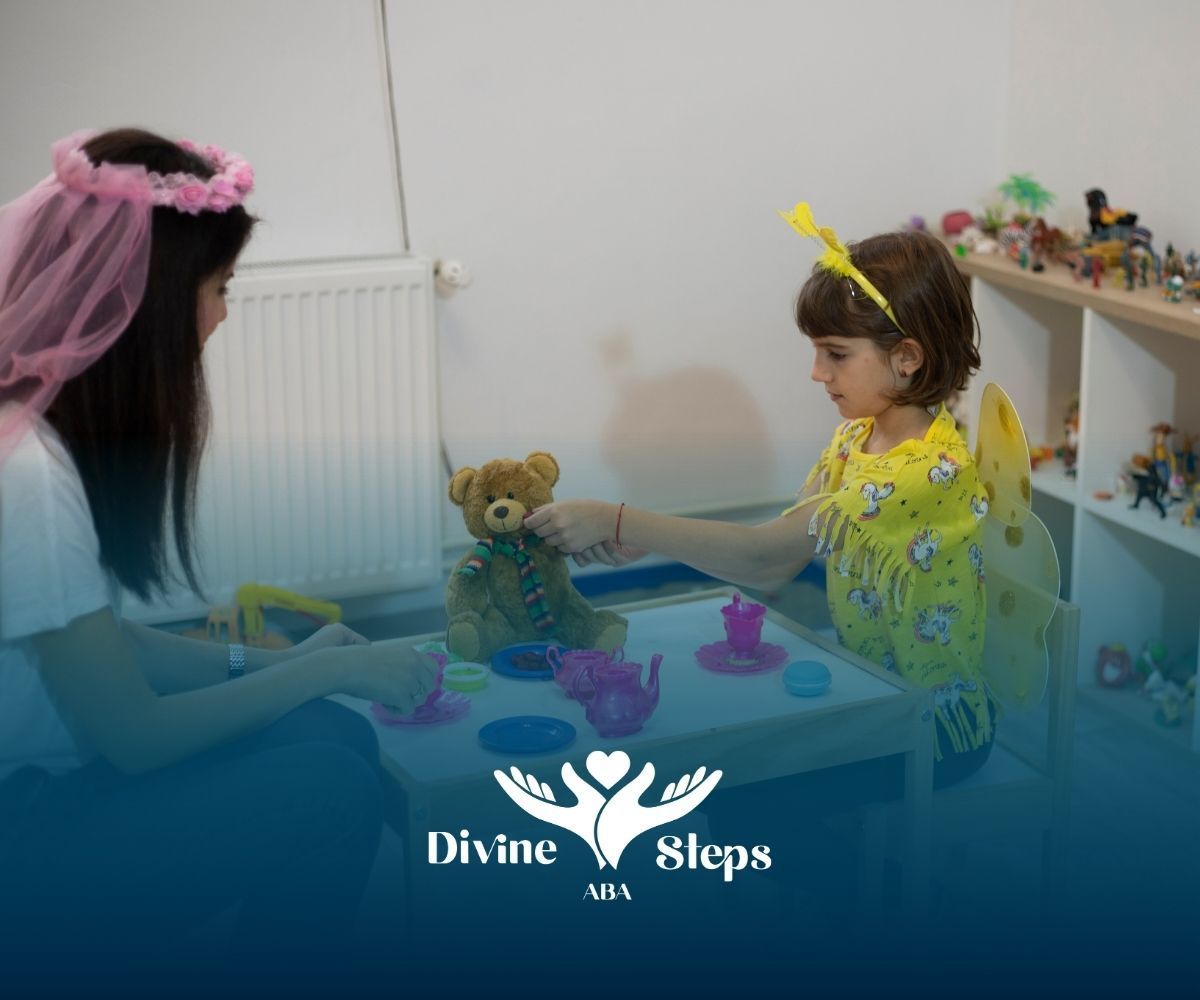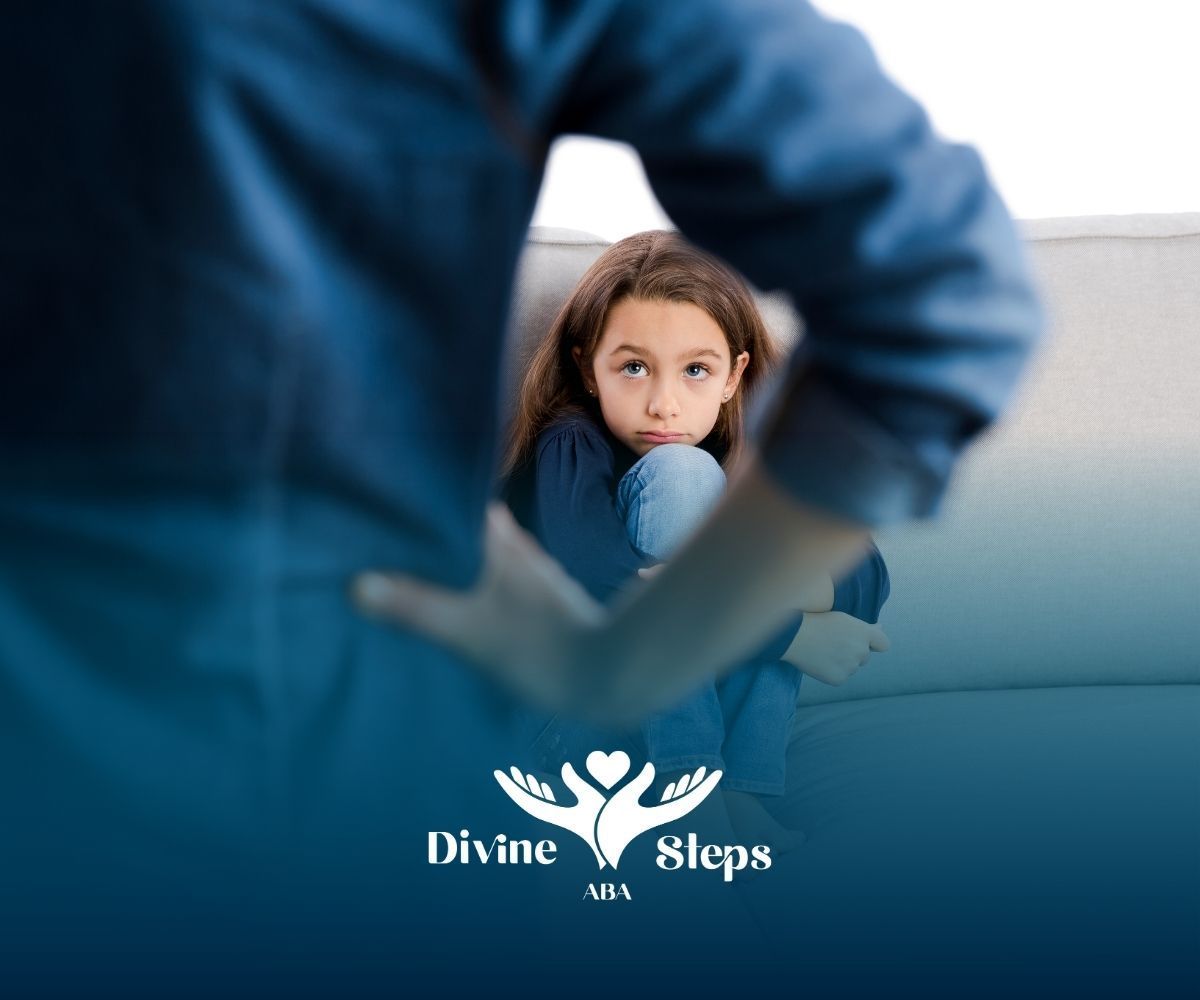Website by CWS
Choosing Between Comprehensive ABA and Focused ABA
Key Highlights
- Comprehensive ABA therapy targets multiple developmental domains, such as communication, social skills, life skills, and academic skills, making it an ideal intensive intervention for young children.
- Focused ABA therapy centers on specific behaviors or skill challenges, offering a more targeted approach with fewer therapy hours per week.
- Both types of ABA therapy are evidence-based, promoting measurable progress and improving overall quality of life.
- Comprehensive ABA involves intensive therapy sessions lasting 20-40 hours, while Focused ABA generally spans 10-20 hours weekly.
- Understanding your child’s needs and consulting a certified behavior analyst is vital to choosing the right ABA therapy type.
- Integrating parent training and natural environment teaching significantly enhances your child’s ABA therapy journey at home.
As a parent, you want to give your child every chance to grow, learn, and feel confident. For many children on the autism spectrum, Applied Behavior Analysis (ABA) therapy can be life-changing. But when you first hear terms like Comprehensive ABA and Focused ABA, it can feel overwhelming.
Which one is best? How do you choose?
I’ve been an ABA therapist for over a decade, and I’ve had countless conversations with parents asking these exact questions. In this guide, I’ll explain the two main types of ABA therapy in plain, simple language. We’ll talk about what makes them different, how they work, and how to decide which one fits your child’s unique needs.
By the end, you’ll have a clear understanding of your options—and feel more confident about your next step.
What Is Comprehensive ABA Therapy?
A Whole-Child Approach
Comprehensive ABA looks at the big picture. It helps children build skills across multiple areas of life, including:
- Communication: learning to express needs and feelings
- Social skills: understanding cues, making friends, joining activities
- Daily living: dressing, toileting, following routines
- Learning readiness: building focus, academic basics
Because it addresses so many areas, Comprehensive ABA is typically intensive—20 to 40 hours a week. It’s often recommended for younger children who have delays in several developmental areas.
How It Works
Therapists use different evidence-based strategies, like:
- Discrete Trial Training (DTT): breaking a skill into small steps and reinforcing success
- Natural Environment Teaching (NET): teaching during play or daily routines
- Positive Reinforcement: using praise, favorite activities, or small rewards to motivate
- Pivotal Response Training: encouraging social interaction and communication naturally
When I worked with a 3-year-old named Lucas, he started therapy with just a few single words. After six months of comprehensive ABA, he was speaking in short sentences and even greeting his parents with “Hi, Mommy!”—a simple moment that brought his mom to tears.
Why It’s Intensive
Comprehensive ABA is like laying a strong foundation for the future. It requires a big time commitment, but it helps children develop a wide range of skills that build independence over time. Parents are also involved in practicing and reinforcing what their child learns, which makes the progress stick.
What Is Focused ABA Therapy?
A Targeted Solution
Focused ABA zooms in on specific goals instead of addressing everything at once. It might help with:
- Reducing problem behaviors like tantrums, aggression, or self-injury
- Improving one skill, like toilet training or transitioning between activities
- Building social skills, like taking turns or joining a group playtime
This approach is lighter—10 to 20 hours a week—and is perfect when your child needs support in just one or two areas.
How It Works
- Therapists teach replacement behaviors (for example, saying “help” instead of hitting).
- They use role-playing to practice social situations.
- Complex skills are broken into small steps, with immediate rewards for progress.
I once worked with a little girl named Maya who struggled with hitting when she felt overwhelmed. Through focused ABA, she learned to ask for a break instead. In just a few weeks, her aggressive behaviors dropped dramatically, and she was able to stay in her preschool classroom without constant redirection.
Who Benefits from Focused ABA?
Focused ABA is great for children who:
- Already have basic communication and social skills
- Need a quick boost in a specific area
- Can’t manage an intensive therapy schedule
It’s also helpful for older children or those who only need fine-tuning in certain areas.
Comprehensive vs. Focused ABA: What’s the Difference?
Here’s a quick side-by-side comparison:
| Feature | Comprehensive ABA | Focused ABA |
|---|---|---|
| Scope | Multiple developmental areas | Specific problem behaviors or skills |
| Weekly Hours | 20–40 hours | 10–20 hours |
| Intensity | High | Moderate |
| Goal Type | Long-term, broad skills | Short-term, targeted improvements |
What they have in common:
- Both use proven strategies like positive reinforcement.
- Both are tailored to your child’s needs.
- Both rely on your involvement as a parent to make progress stick.
How to Choose the Right ABA Approach
Not sure where to start? Here are a few steps that can help:
- Look at your child’s needs.
Do they need support in many areas (communication, self-care, social skills)? Or is it just one or two behaviors? - Think about your family’s schedule.
Can you commit to 30+ hours a week, or is a lighter plan more realistic? - Consult a
Board-Certified Behavior Analyst (BCBA).
They’ll assess your child and recommend the best fit. - Stay flexible.
Your child’s needs will change. Many families start with focused therapy and move to comprehensive later—or the other way around.
Supporting Your Child’s ABA at Home
Parent involvement is a huge part of making ABA effective. Here’s how you can help:
Get Trained
Many ABA programs include parent training. You’ll learn simple techniques to:
- Reinforce skills at home
- Respond to problem behaviors consistently
- Turn everyday routines into learning opportunities
Create a Supportive Space
- Dedicate a quiet spot for therapy or practice
- Use visual schedules and charts for routines
- Keep rewards simple but meaningful—like stickers, extra playtime, or favorite snacks
One family I worked with created a “calm corner” with soft toys and a feelings chart. Their son started using it to self-soothe instead of having meltdowns. Small adjustments at home can make a big difference.
Communicate with Your Therapist
Share what’s working, what’s not, and ask questions. The best results happen when parents and therapists work together as a team.
Does ABA Really Work?
Yes—decades of research show ABA helps improve communication, adaptive skills, and learning—especially when started early and delivered consistently.
Comprehensive ABA often leads to broader, long-term gains, while Focused ABA can show quicker results in specific areas. Both approaches are flexible and tailored to your child’s needs.
And remember: ABA isn’t about “fixing” your child. It’s about teaching skills that open doors to more independence, confidence, and connection.
Final Thoughts
- Comprehensive ABA is ideal for children needing broad developmental support.
- Focused ABA is great for tackling specific goals quickly.
- Both approaches are effective—what matters most is choosing what fits your child right now.
You don’t have to make this decision alone. Work with a qualified BCBA, talk openly about your priorities, and remember: this journey is about progress, not perfection.
Give Your Child the Right Support—Start ABA Therapy Today
Every child’s journey is unique, and the right ABA approach can open doors to communication, confidence, and independence.
At Divine Steps ABA, we specialize in personalized ABA therapy for children in Maryland, Virginia, and North Carolina—helping families like yours every step of the way. Schedule a free consultation today and take the first step toward your child’s growth.
Frequently Asked Questions
How do I choose between comprehensive and focused ABA for my child?
To choose the right help for your child, it is important to look at your child’s needs, how old they are, and what problems they have. Comprehensive ABA is good for kids who need a lot of support in many areas. Focused ABA is best if your child needs help with only a few, specific behaviors. You should talk to a certified behavior analyst or a behavior analyst. This helps make sure the treatment plan fits the goals and needs of your child.
Can my child switch from one ABA approach to the other?
Yes, it is possible to switch from one ABA method to another as your child’s needs change over time. Focused ABA may move to a bigger program if your child has wider goals. Or, it can go the other way if there are certain targets to meet first. Regular checks in therapy help make sure the way of working stays useful and changes when your child’s needs do.
How quickly can we expect to see results from ABA therapy?
Results from ABA therapy vary based on what you want to achieve and how often you attend therapy sessions. Some people may see measurable progress in just a few months to a year, especially with focused interventions. However, comprehensive ABA usually brings bigger and long-lasting developmental changes. This often happens over several years with regular therapy sessions.
Sources:
- https://bhcoe.org/wp-content/uploads/2017/06/ABA-Practice-Guidelines-for-Funders-and-Managers.pdf
- https://neurosciences.ucsd.edu/centers-programs/autism/_files/about-autism/casp-aba-asd-practice-guidelines-2014-2020.pdf
- https://pmc.ncbi.nlm.nih.gov/articles/PMC9983163/
- https://pubmed.ncbi.nlm.nih.gov/36864429/
- https://www.autismspeaks.org/applied-behavior-analysis




